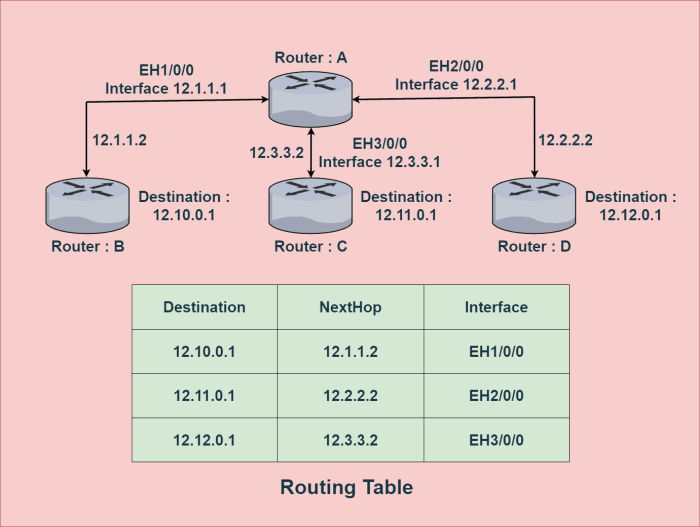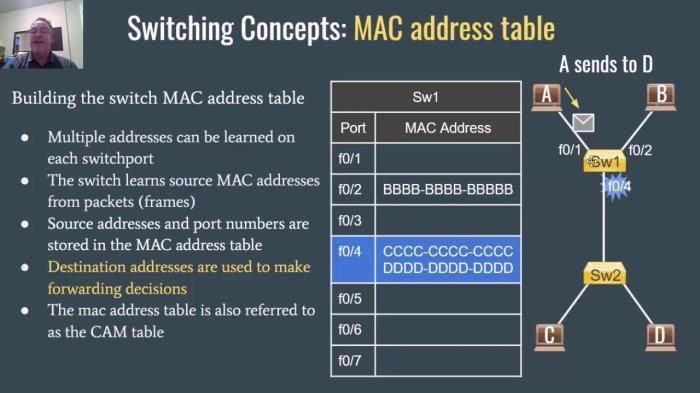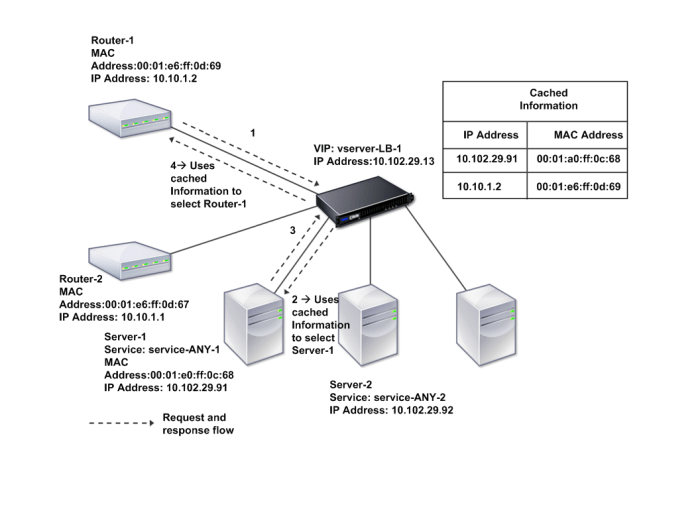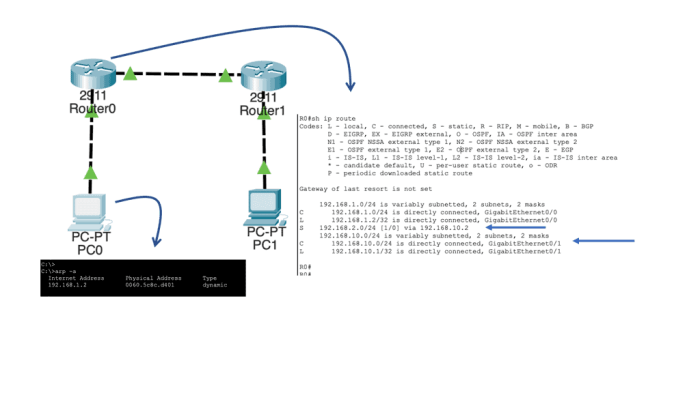What are two actions performed by a cisco switch – Cisco switches, indispensable components of modern networks, perform a symphony of actions that underpin the smooth flow of data and network management. This article delves into the two primary actions executed by Cisco switches: network management and data forwarding, providing insights into their critical roles in maintaining network efficiency and security.
Network management encompasses the monitoring, configuration, and troubleshooting of network devices. Cisco switches excel in this realm, enabling administrators to oversee network health, identify and resolve issues, and implement security measures.
Cisco Switch: Functions and Capabilities: What Are Two Actions Performed By A Cisco Switch

Cisco switches play a vital role in modern network infrastructure, enabling efficient data transmission and network management.
Network Management, What are two actions performed by a cisco switch
Cisco switches facilitate network management by:
- Centralized configuration and monitoring of network devices
- Automated discovery and mapping of network topology
- Real-time monitoring of network performance and availability
- Troubleshooting and fault isolation for rapid issue resolution
Data Forwarding
Data forwarding is the primary function of Cisco switches. They use:
- MAC address learning to create a forwarding table
- Frame switching to forward data frames based on MAC addresses
- Store-and-forward or cut-through switching techniques to optimize data transfer
Virtual LANs (VLANs)
VLANs are logical network segments created on Cisco switches to:
- Enhance network security by isolating traffic
- Improve network performance by reducing broadcast traffic
- Simplify network management by grouping devices logically
Routing
Cisco switches offer basic routing capabilities, such as:
- Static routing for manually configuring routes
- Dynamic routing protocols (e.g., OSPF, EIGRP) for automatic route discovery
- Inter-VLAN routing to connect different VLANs
Security Features
Cisco switches provide security features to protect networks, including:
- Access control lists (ACLs) to restrict traffic based on source/destination addresses and ports
- Port security to limit the number of MAC addresses allowed on a port
- DHCP snooping to prevent unauthorized devices from obtaining IP addresses
Troubleshooting
Troubleshooting Cisco switches involves:
- Using console or web interface for diagnostics
- Analyzing switch logs for error messages
- Employing network monitoring tools (e.g., SNMP, NetFlow) for real-time monitoring
Configuration and Management
Cisco switches can be configured and managed through:
- Command-line interface (CLI)
- Web-based management interface
- Network management system (NMS) integration
Advanced Features
Cisco switches offer advanced features, such as:
- Power over Ethernet (PoE) to provide power to connected devices
- Stacking to combine multiple switches into a single logical unit
- Virtualization support to create virtual switches for improved flexibility and scalability
FAQ
What is the primary role of a Cisco switch in network management?
Cisco switches serve as central hubs for managing network devices and configurations, enabling administrators to monitor network performance, troubleshoot issues, and implement security policies.
How do Cisco switches facilitate data forwarding?
Cisco switches utilize MAC address learning and frame switching techniques to efficiently forward data packets to their intended destinations within a network.


